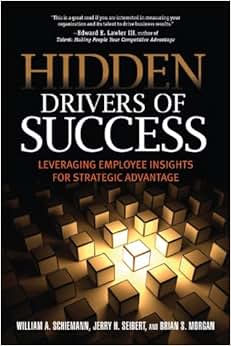
Moderna Dividend Policy – What It Means for Investors and the Future of Prop Trading
“Turning science into shareholder value.” Moderna built its name on biotech breakthroughs, but now investors are asking a different question: How does Moderna reward those who believe in its story? The conversation has shifted toward dividends, capital returns, and the bigger picture of how a company’s payout philosophy can ripple into sectors as varied as forex, stocks, crypto, and even AI-driven prop trading.
Understanding Moderna’s Approach to Dividends
Moderna has traditionally reinvested profits into R&D rather than issuing consistent dividends. The logic is simple: in high-growth biotech, every dollar pumped back into the lab could lead to the next blockbuster vaccine or therapeutic. But for income-focused investors, that means a different type of value — not quarterly cash payouts, but long-term capital appreciation.
When a company does decide to initiate a dividend, it signals confidence in its cash flow and a maturing business model. For Moderna, this would mark a shift from a “growth at all costs” stance to a steadier, shareholder-friendly approach. That kind of pivot tends to attract a different breed of investor — those who prefer predictable returns over speculative upside.
Why Dividend Policy Matters in Prop Trading
Prop trading desks live and die by capital efficiency. A company’s dividend policy can subtly influence the attractiveness of its stock as a trading instrument. High and stable dividends tend to bring in long-term holders, dampening volatility — which is great for some strategies but less appealing for aggressive short-term plays. Conversely, low or no dividend stocks often see more price swings, giving intraday traders room to work.
An example: a prop trader might balance a biotech position like Moderna with high-dividend utilities or REITs to hedge volatility. This mix can optimize portfolio yield while preserving liquidity for moving into forex, commodities, or indices when market signals align.
Dividends and Cross-Asset Strategies
Modern prop trading isn’t siloed. One day you’re scalping EUR/USD, the next you’re taking a long in crude oil futures, then rotating into Nasdaq biotech names. A clear understanding of dividend policies helps traders foresee capital flows. If Moderna announces regular dividends, index funds that weight toward “dividend aristocrats” might increase holdings, pushing the stock’s correlation patterns closer to consumer staples than high-beta tech.
That shift can open or close certain arbitrage opportunities. For example, a higher-dividend Moderna could be paired against lower-dividend peers in sector-neutral strategies, while still using leverage in crypto or options for amplified returns.
Tie-In with Decentralized Finance Trends
In DeFi, yield farming and staking often mimic the appeal of dividend investing — recurring income without liquidating the core asset. Imagine tokenizing Moderna shares on a blockchain and distributing dividends via a smart contract. That’s not science fiction; projects exploring equity-backed stablecoins are already prototyping this.
Yet decentralization has hurdles: regulatory clarity, liquidity fragmentation, and ensuring payouts aren’t disrupted by governance disputes. Dividend policies in the traditional equity world could become a blueprint for DeFi yield models, especially as AI trading agents automate asset rotation between fiat stocks, tokenized commodities, and synthetic indices.
Future: AI-Driven Dividend and Prop Trading Models
AI in trading isn’t just about backtesting or predicting price moves; it’s about optimizing capital allocation. For dividend investors, an AI model could detect when a company’s fundamentals signal an upcoming payout increase and reweight portfolios preemptively.
On a prop desk, that could mean adjusting biotech exposure days before an official dividend policy shift. Multiplied across markets — forex, crypto, options — this becomes a competitive edge. AI thrives when it can connect dots across asset classes, and dividend signals are one more dataset in that web.
Key Takeaways for Investors and Traders
- Dividend Policy as a Market Signal: A switch in Moderna’s payout strategy will likely mark a new phase in its corporate life cycle, with ripple effects in liquidity and volatility profiles.
- Portfolio Balance: Dividend and non-dividend assets can complement each other in prop trading setups across stocks, forex, and commodities.
- DeFi Synergy: Traditional dividend frameworks could inspire blockchain-based yield mechanisms.
- AI Leverage: Machine learning algorithms are primed to link dividend expectations with cross-market positioning.
“From lab bench to portfolio balance sheet — Moderna pays off in more ways than one.” Whether Moderna sticks to reinvesting or starts cutting checks to shareholders, understanding its dividend policy is part of reading the broader trading map. In a world where fiat and crypto blur, and where AI decodes financial terrain in milliseconds, dividend philosophy isn’t just corporate housekeeping — it’s a directional signal in the galaxy of modern finance.